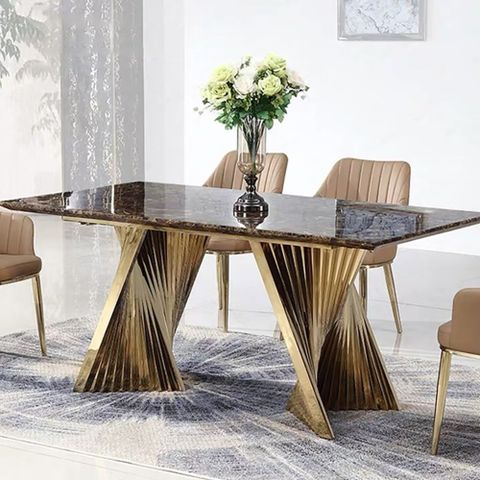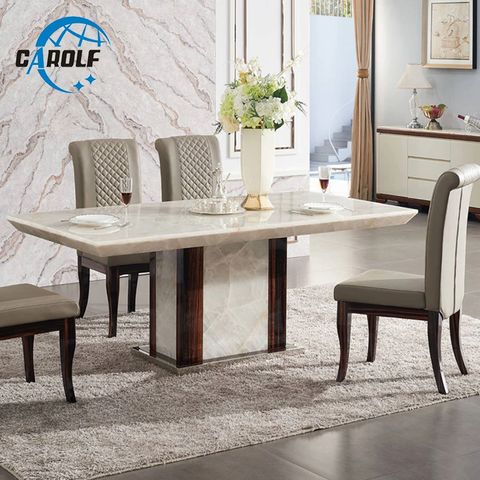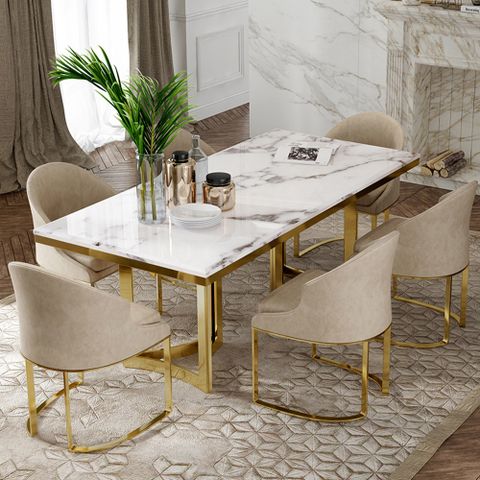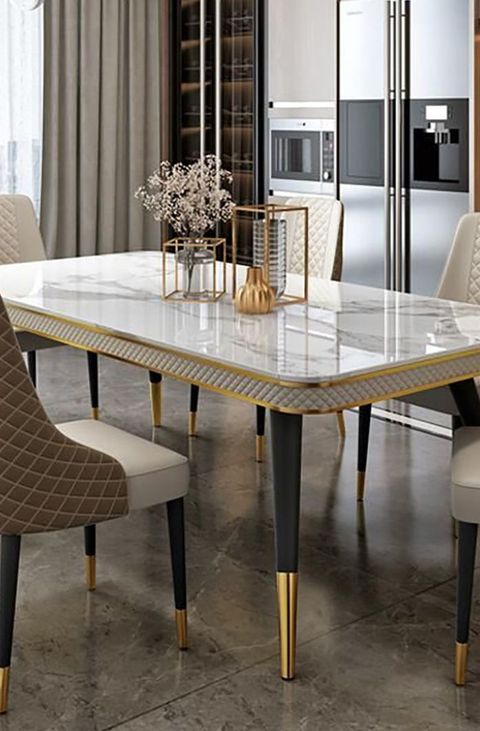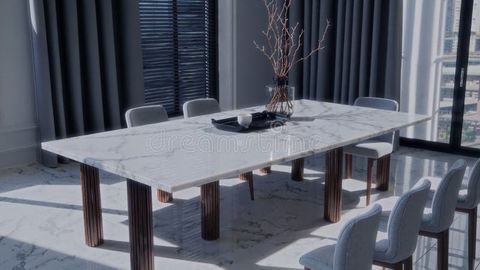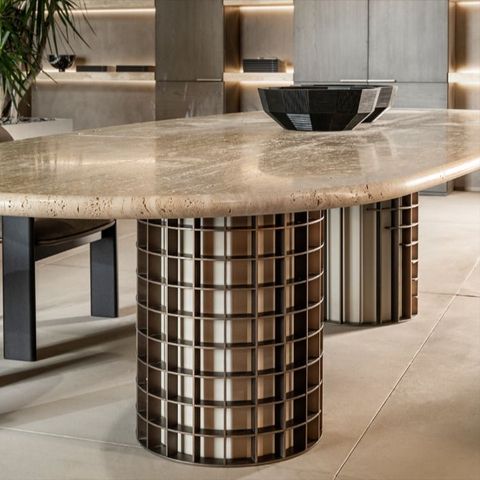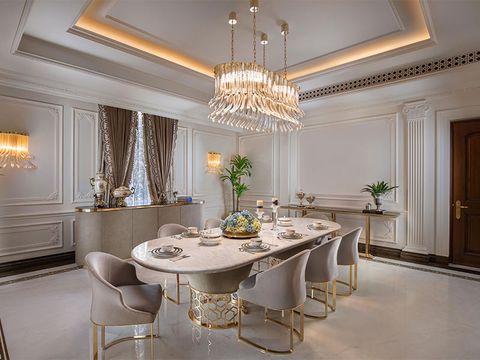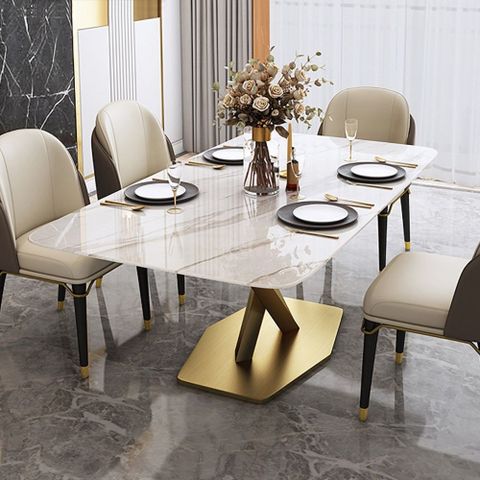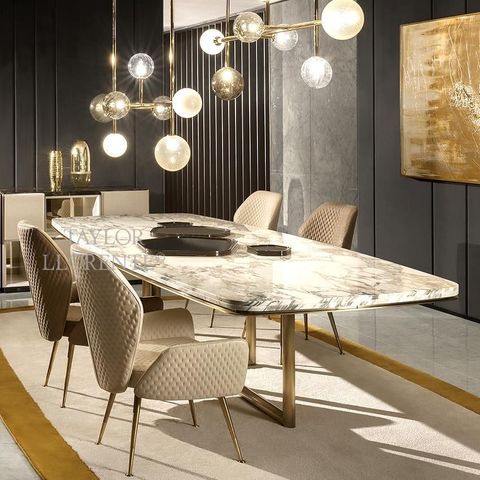There’s something deeply satisfying about bringing the earth’s raw power into our living spaces. Natural stone isn’t just about texture or visual impact – it’s about creating a sense of permanence and connection to the world around us. In today’s design landscape, the marriage between natural stone and contemporary aesthetics has become one of the most sought-after combinations. It’s not about choosing between rustic charm and sleek minimalism – it’s about finding the perfect balance where both worlds complement each other beautifully.
Imagine stepping into a room where the walls seem to breathe with life, where every surface tells a story of ancient geological processes, yet feels completely at home in a modern setting. This isn’t fantasy – it’s the reality that emerges when we thoughtfully blend natural stone with contemporary design principles. The secret lies not in overpowering either element, but in understanding how to let each enhance the other. Stone brings warmth, character, and authenticity to spaces that might otherwise feel sterile or disconnected from their environment. Meanwhile, modern design philosophy ensures these elements work together harmoniously rather than competing for attention.
Understanding the Foundation: Types of Natural Stone
Before diving into design applications, it’s essential to understand what we’re working with. Natural stone comes in various forms, each with unique characteristics that influence how they’ll behave in different settings. Marble, with its flowing veining and lustrous finish, offers an almost ethereal quality that can transform any space into something elegant and refined. Granite, on the other hand, provides durability and striking contrast that makes it ideal for high-traffic areas like kitchen countertops or bathroom vanities. Limestone brings a softer, more organic feel, while slate offers dramatic texture and a weathered look that appeals to those seeking a more rustic aesthetic. Each type has distinct properties that must be considered when planning your design approach.
Color Psychology and Stone Selection
The colors found in natural stone aren’t just random variations – they carry psychological weight and influence how we experience a space. Lighter stones like white marble or light gray limestone can make small rooms feel more expansive and airy. Darker stones such as black granite or deep slate create drama and intimacy, perfect for focal points or statement areas. Consider how the stone will interact with your existing color palette. A warm terracotta stone might complement earth tones beautifully, while a cool blue-gray stone could enhance a more neutral scheme. Think about the mood you want to create – are you going for serene and calm, bold and dramatic, or something more subtle and sophisticated?
Practical Applications in Modern Interiors
In contemporary design, natural stone finds its way into numerous spaces beyond traditional applications. Kitchen islands have become prime real estate for stone installation, offering both beauty and functionality. The durability of materials like granite or quartz makes them ideal for daily use while maintaining their aesthetic appeal. Bathroom vanities and shower areas benefit greatly from stone surfaces that resist moisture and stains. Even flooring options have evolved, with polished stone tiles creating elegant transitions between rooms. The key is thinking beyond simple placement – consider how stone can define spaces, create focal points, or provide contrast against lighter materials.
Balancing Texture and Simplicity
One of the greatest challenges in stone design is achieving the right balance between textural interest and clean lines. Too much roughness can overwhelm a modern space, while too little can make everything feel flat and uninteresting. The solution often lies in layering different textures strategically. Combine smooth polished stone with rough-hewn elements, or pair natural stone with sleek metals and glass. Consider using stone as an accent rather than a dominant feature, allowing other design elements to breathe while still providing that essential connection to nature. Sometimes, less truly is more when it comes to integrating stone into contemporary environments.
Maintenance and Longevity Considerations
Natural stone requires some care to maintain its beauty over time, but proper maintenance makes it one of the most rewarding materials for long-term design choices. Regular cleaning with appropriate products prevents buildup and maintains the stone’s natural luster. Sealing treatments protect against stains and water damage, particularly important for porous stones like limestone or travertine. Understanding the specific needs of your chosen stone type helps prevent costly repairs or replacements down the road. Many people worry about stone being too fragile, but with proper installation and maintenance, it can last for generations while becoming more beautiful with age.
Technology and Innovation in Stone Integration
Modern technology has revolutionized how we work with natural stone, making it easier to incorporate into contemporary designs. Digital design tools allow architects and designers to visualize stone applications before installation, helping ensure the final result matches expectations. New cutting techniques produce smoother edges and more precise shapes, while advanced finishing methods create textures that were previously impossible to achieve. Smart sealing technologies provide better protection without compromising the stone’s natural appearance. These innovations haven’t diminished the importance of craftsmanship – instead, they’ve enhanced the ability of skilled artisans to bring creative visions to life with greater precision and efficiency.
Designing spaces where natural stone meets modern sophistication isn’t about following rigid rules or chasing trends – it’s about understanding the fundamental qualities that make stone so compelling and finding ways to honor those qualities within contemporary frameworks. The beauty of this combination lies in its ability to ground us in something ancient and eternal while keeping us connected to the forward-looking nature of modern life. Whether you’re renovating a single room or designing an entire space, remember that natural stone works best when it enhances rather than overshadows the overall design vision. The key is to start with intention, choose materials thoughtfully, and trust in the timeless appeal of earth’s most enduring gift to human creativity. After all, there’s something profoundly satisfying about creating spaces that feel both rooted and contemporary, that speak to our desire for permanence while embracing the ever-evolving nature of good design.

